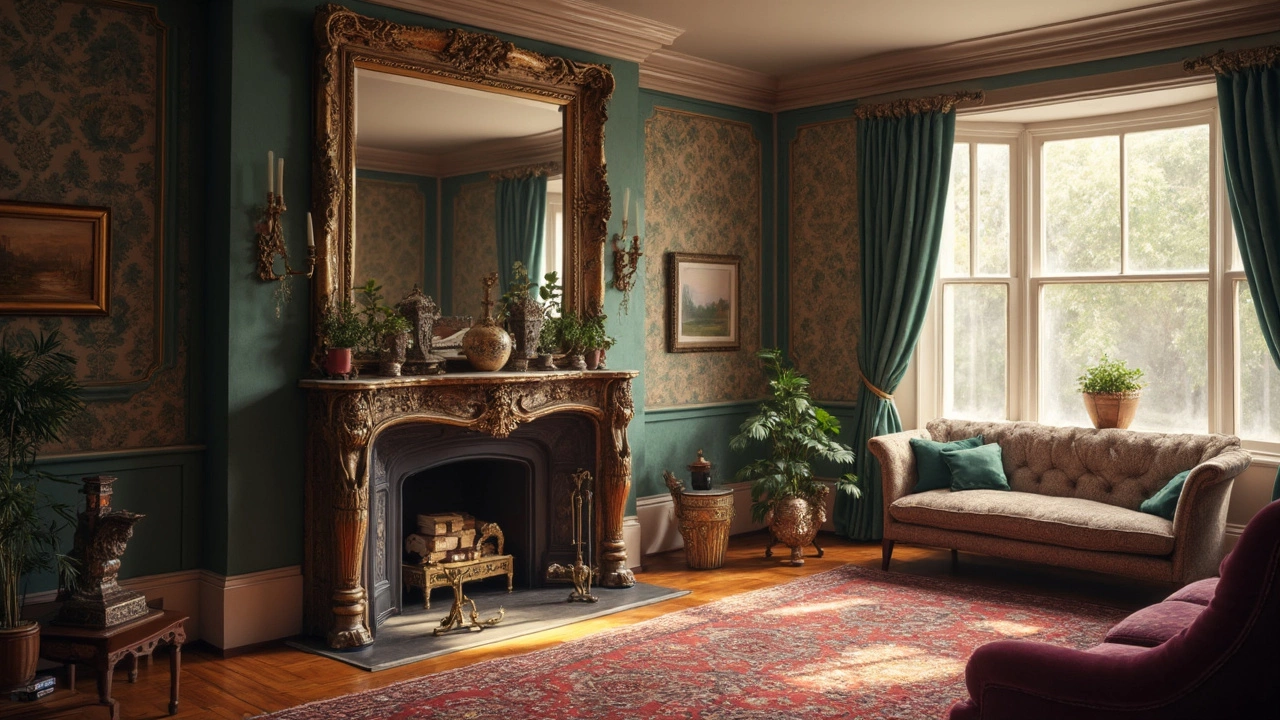Mirror Placement Made Simple: Boost Light, Space & Style
Ever wonder why a well‑placed mirror can turn a cramped room into a airy sanctuary? The answer is simple – mirrors bounce light, reflect colour, and trick your eyes into seeing more square footage. Below you’ll get straight‑forward tips you can apply today, no interior‑design degree needed.
Where to Hang Mirrors for Maximum Light
First, think about your main light source. If a window sits on one wall, put a mirror opposite or at a 45‑degree angle. This reflects natural daylight deeper into the room, making evenings feel cozier without extra bulbs. In rooms with limited windows, a large floor‑to‑ceiling mirror on a side wall works like a light‑box – it spreads whatever light you have across the whole space.
Don’t forget the ceiling. A mirrored ceiling panel in a small bathroom can double the feeling of height. It’s a cheap trick that most people overlook because they think mirrors belong only on walls. Just make sure the mirror is securely mounted and the bathroom is well‑ventilated to avoid fog.
Style Tricks for Different Rooms
Living rooms: A rectangular mirror above the sofa creates a focal point and adds a gallery‑wall vibe. Keep the frame in the same wood tone as your coffee table for a cohesive look. If you prefer a softer feel, choose a round, brushed‑metal mirror – it softens sharp couch lines and adds a subtle design element.
Bedrooms: Position a mirror on the wall opposite the bed if you want the room to feel larger. For a romantic touch, a full‑length mirror with a sleek black frame works well beside the wardrobe. It also makes dressing easier – a practical win.
Hallways: Narrow corridors benefit from tall, narrow mirrors that draw the eye upward. This elongates the passage and makes the hallway feel less like a bottleneck. You can even line a series of small mirrors in a grid for an artistic statement.
Remember the rule of thirds: avoid covering more than one‑third of a wall with a mirror. Too much reflective surface can feel cold and overly clinical. Pair the mirror with a piece of artwork or a shelf on the same wall to balance the visual weight.
Lastly, think about safety. In homes with kids or pets, choose acrylic or tempered glass mirrors that won’t shatter. Mounting hardware should be rated for the mirror’s weight – a simple mistake can turn a stylish feature into a hazard.
With these placement basics, you can turn any room into a brighter, more spacious haven. Grab a mirror, test a few spots, and watch how the light shifts. You’ll be surprised at how much a single reflective surface can change the vibe of your home.
-

Choosing the Right Size Mirror for Your Space
Picking the right mirror size can transform your living space, making it feel bright and spacious or cozy and inviting. This guide explores the factors to consider when choosing a mirror, including room size, function, and style preferences. Learn how mirrors can impact a room's aesthetics and discover practical tips for selecting the best fit for your needs. Make informed decisions to enhance your home's look effortlessly.
